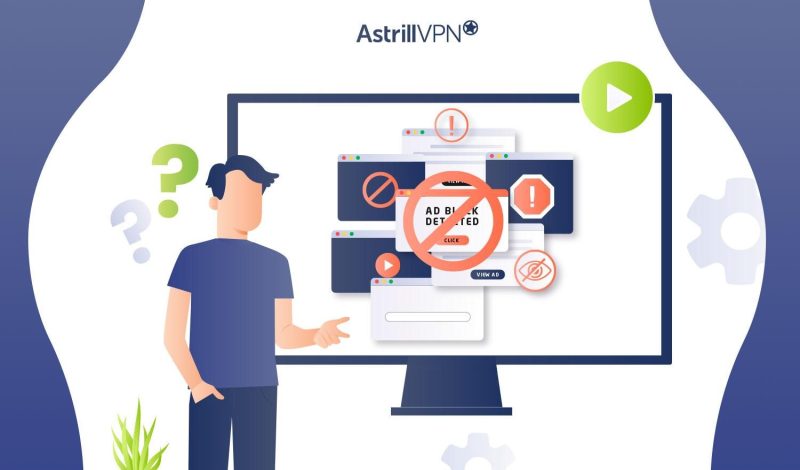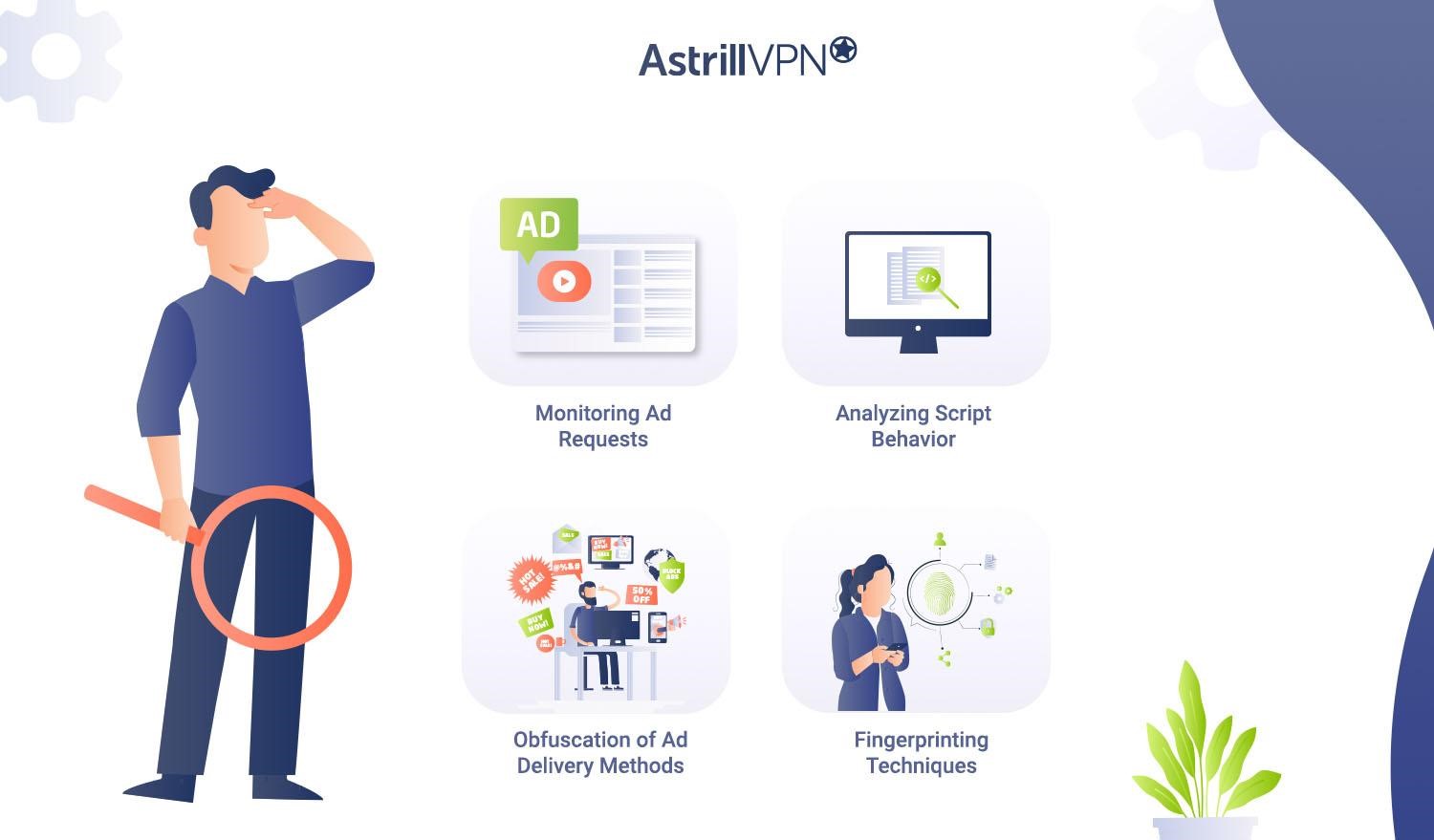How to bypass Youtube Adblock Detection Quickly

Arsalan Rathore

YouTube has become a go-to platform for entertainment, education, and everything in between. However, the relentless ads can disrupt the viewing experience, leading many users to turn to ad blockers. But with YouTube’s increasing efforts to detect and bypass these tools, watching ad-free content isn’t as simple as it used to be.
In this guide, we’ll walk you through the latest methods for avoiding YouTube’s ad blocker detection, helping you maintain a seamless, uninterrupted viewing experience while ensuring your privacy is protected.
Table of Contents
Why YouTube Implements Ad Blocker Detection
YouTube implements ad blocker detection to protect its core revenue model and sustain its platform. Ads are the primary way YouTube funds free content for users while supporting content creators and operational costs. When users block ads, this ecosystem disrupts creators’ earnings and the platform’s ability to provide free services.
Additionally, ad blocker detection ensures advertisers receive value for their investment, maintaining trust and long-term partnerships. It also encourages users to consider alternatives like YouTube Premium for an ad-free experience. This strategy balances the platform’s need for financial sustainability with offering options for enhanced user experiences.

How Does YouTube Ad Blocker Detection Work?
YouTube’s ad blocker detection system is designed to ensure the visibility of its advertisements, which are a primary source of revenue for the platform. By employing a combination of techniques, YouTube identifies and mitigates the impact of ad-blocking tools. Here’s a breakdown of how this detection mechanism operates:
1. Monitoring Ad Requests
YouTube’s servers monitor whether ad requests are successfully delivered to the user’s browser. When an ad blocker is active, it prevents these requests from reaching the user, signaling to YouTube that an ad blocker is in use. This discrepancy between ad requests and responses serves as a red flag for detection.
2. Analyzing Script Behavior
Ad blockers function by altering or suppressing specific JavaScript scripts that load advertisements. YouTube detects such manipulations by cross-referencing expected script behaviors with the actual activity in the user’s browser. YouTube identifies the anomaly if a script responsible for loading ads is tampered with or missing.
3. Obfuscation of Ad Delivery Methods
To counteract ad blockers, YouTube uses sophisticated techniques to obscure how ads are loaded. These techniques involve embedding ads within video streams or using randomized URLs and dynamic scripts. These methods make it challenging for ad blockers to distinguish between legitimate content and advertisements.
4. Fingerprinting Techniques
YouTube employs browser fingerprinting to detect user behaviors and environment settings. This includes analyzing browser extensions, cookies, and other attributes. If patterns indicative of an ad blocker are identified, the platform responds accordingly by disabling video playback until the blocker is deactivated.
10 Ways to Avoid YouTube Ad Blocker Detection
Bypassing YouTube’s ad blocker detection is becoming increasingly complex due to YouTube’s evolving anti-ad-blocking strategies. However, with the right tools and techniques, you can enjoy an uninterrupted viewing experience without ads. Below, we detail the most effective methods, with a focus on professional solutions that respect user privacy and security.
1. Use a VPN with Built-in Ad Blocking
A VPN with built-in ad-blocking features can be a powerful tool to bypass YouTube adblock detection. VPNs work by encrypting your traffic and routing it through a secure server, masking your activity from detection mechanisms. If the VPN includes ad-blocking at the network level, it can stop ads from loading without triggering YouTube’s detection scripts. This method is efficient for those looking for a seamless solution.
2. Regularly Clear Cookies and Cache
Cookies and cached data are primary tools YouTube uses to track user behavior. Over time, these files accumulate and help YouTube detect ad-blocking activity on your browser. Clearing your cookies and cache regularly resets this data, reducing YouTube’s ability to link your activity to ad blockers. Make it a habit to clear this data from your browser settings after prolonged usage to maintain anonymity.
3. Adjust Browser Privacy Settings
Tweaking your browser’s privacy settings can be a good YouTube ad blocker workaround because it makes it harder for YouTube to detect ad blockers. Disabling third-party cookies, enabling Do Not Track requests, or blocking JavaScript selectively are effective measures. However, these changes may impact some website functionalities, so use them with discretion, especially on platforms like YouTube that rely heavily on scripts.
4. Change Your DNS Settings
Switching to a privacy-focused or ad-blocking DNS can help block ads at the network level, effectively bypassing YouTube’s detection systems. DNS services with built-in filters stop ad-related domains from connecting to your device. Configuring your DNS manually is straightforward and doesn’t require additional software, making it a viable solution for tech-savvy users.
5. Stream in Incognito or Private Mode
Using a private or incognito browser window limits YouTube’s ability to track your behavior. Since cookies and browsing history aren’t saved in incognito mode, YouTube has less data to identify ad-blocking activity. This simple method can help, especially if combined with other techniques like clearing cache or using a VPN.
6. Disable JavaScript on YouTube
As a last resort, disabling JavaScript for YouTube can prevent ad detection scripts from running. This method is particularly useful for blocking ads and their detection mechanisms. However, disabling JavaScript can also restrict some features, such as autoplay or comments, so it’s best used only when necessary.
7. Keep Your Tools and Software Updated
YouTube regularly updates its detection mechanisms to counter new ad-blocking techniques. Keeping your ad blockers, browsers, and other tools updated ensures they stay effective against the latest detection algorithms. Regular updates provide new features, improve compatibility, and address vulnerabilities.
8. Use Virtual Machines or Sandboxed Browsers
If you want to isolate YouTube’s detection mechanisms completely, consider running YouTube in a virtual machine (VM) or a sandboxed browser. These environments create a separate instance that YouTube cannot link to your main browsing activity, making it harder to enforce ad detection.
9. Manually Edit the YouTube URL
In certain cases, tweaking the URL of the YouTube video can help bypass ads. For example, adding specific parameters to the URL (like &disable_polymer=true) or using certain tricks like appending a period (.) at the end of the domain name may bypass some detection scripts temporarily. This method is not foolproof but can work as a quick fix.
10. Stream Videos on Lower Resolutions (When Possible)
Streaming YouTube videos in lower resolutions can sometimes bypass ad-serving mechanisms. While not a guaranteed solution, it reduces the likelihood of ad playback due to how some advertisements are embedded in higher-quality video streams.
Does YouTube’s AdBlock Detection Affect Your Privacy?
Yes, YouTube’s ad blocker detection can impact your privacy, primarily because the methods used to identify ad blockers often involve collecting data about your browsing behavior, device configuration, and interactions on the platform. While YouTube claims these measures are aimed at maintaining its revenue model, they can raise concerns about how much data is being collected and how it’s used.
How AdBlock Detection Works and Its Privacy Implications
Tracking User Behavior
YouTube may monitor how users interact with the platform to detect ad blockers. For instance, unusually short video loading times (caused by skipped ads) or lack of ad requests can flag users as ad blocker users. This tracking can inadvertently collect data about your browsing habits, such as video watch patterns, timestamps, and frequency.
Fingerprinting Techniques:
Ad blocker detection often involves fingerprinting, where YouTube collects details like browser type, installed extensions, device specifications, and screen resolution to create a unique profile. This technique, while effective for detection, compromises user privacy by storing identifiable information without explicit consent.
JavaScript Execution
YouTube employs JavaScript scripts to determine whether ad content loads correctly. When these scripts run, they may access additional device or browser information beyond what’s needed to get around adblock detection. This can expose more data to YouTube’s servers, raising privacy concerns.
Data Sharing with Advertisers
The data collected during ad blocker detection could potentially be shared with advertisers for targeted advertising. While YouTube may not explicitly state this, ad ecosystem integrations often blur the lines between detection and data-sharing practices.
FAQs
No, YouTube doesn’t ban users for using ad blockers, but it may restrict access to content or prompt users to disable their ad blockers to continue watching. Persistent ad-blocking could lead to limited functionality, but a full ban is unlikely.
Free ad blockers can block ads but are less reliable for bypassing YouTube’s detection systems. They may not be updated regularly to counter new detection techniques and could be less effective than premium versions. Additionally, free ad blockers might compromise privacy.

No comments were posted yet